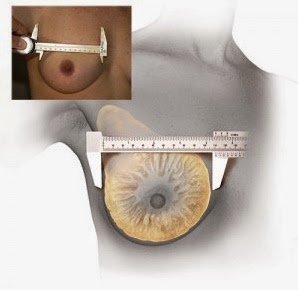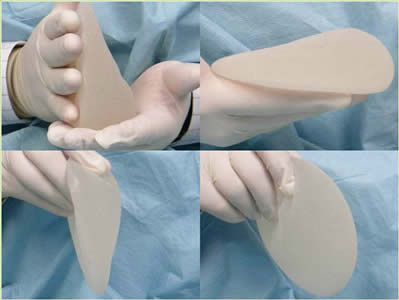Rhinoplasty revision surgery [KIES-U Korea] There is a common misperception of nose surgery(rhinoplasty), that nose job = silicone implant. Rhinoplasty started in the western countries in order to reduce the size of the big noses. Also the techniques advanced in order to bring back the shape of the damaged nose, bent nose and long nose. As the correction moves to the eastern part...
Power ptosis correction - Korea Many patients ask how KIES-U Korea’s power ptosis correction is. The explanation can be provided with images below. A normal person’s eye looks as below. [Location and the structure of the muscle that opens the eye] Power ptosis(eyelid) correction is an advancement on the muscle (2 layers) that opens the eyelid (Levator palpebrae superiosis muscle on the upper...
Breast augmentation massage Massaging is to maintain the large space around the breast implant Many surgeons believed that in order to reduce the capsular contracture, the pocket needs to be larger than the necessary size so that the massaging would be able to maintain the large space of the pocket in order to move the breast implant. This would prevent the breast implant...
Breast fat transfer [KIES-U Korea] Q. Is it effective to do fat transfer for the breast augmentation? A. Yes, it is. Q. Is the breast fat transfer safe? A. Yes, it has been determined that it is safe. Q. Which is the better method? Breast fat transfer or the implant? A. It is difficult to say which is the better of the two....
body contouring
Other corrections that you can do simultaneously with transaxillary breast augmentation
6:32 PM There are several number of corrections / surgeries that you can do simultaneously with the transaxillary breast augmentation. We will cover a few in details. The most common one that the patients ask about is the bra line liposuction. When you do the liposuction in the forearm, the incision site that you take the fat out from is different from the incision point...
Safe breast augmentation, breast surgery without any defects Q. People choose plastic surgery clinics considering the safety. So what do the patients need to check? A. I think that all cosmetic surgery should not have any defects although you might not look pretty after the correction. The safety and having no problem after the breast augmentation surgery is the most important factor...
Can I smoke after Plastic surgery? Yes. “can I smoke after plastic surgery?” This is the question that a lot of people ask, and this is the topic that I would like to discuss today. First, I would like to provide you with a common sense answer. One must take care of her own body. Everyone knows that smoking is bad for your...
Drooping eyelid/ptosis correction in Korea Today, I would like to post on the eyelid correction surgery in Korea. There are many eye correction methods however I would like to focus on one, ptosis correction. This is the second most common eyelid surgery after the double eyelid surgery but there are many of those who are not well aware of this correction. In order...
Nose Hump reduction surgery Korea A nose is composed of a fibula, upper part, and the cartilage in the lower part. Therefore, nose correction requires working not only on the cartilage but on the bone as well. In what type of nose do we need to correct the bone? We do not need to touch the bone in all type of situations. There...
Breast Surgery To Know List 4.Deciding on the Breast implant size There are many posts on how we can decide on the size of the breast implants. Today, I would like to summarize the core contents with this post. Before the doctor would see the patient and say “You would need xxx cc.” This was about 7 to 8 years ago. But today,...
Breast Augmentation Surgery To Know List 3.What types of breast implant are there? I would like to present a simple description of the different types of implant for the breast augmentation surgery. There are many of those who are curious about this but it is not easy to distinguish the different types because there are too many. First, we can divide into two...























































